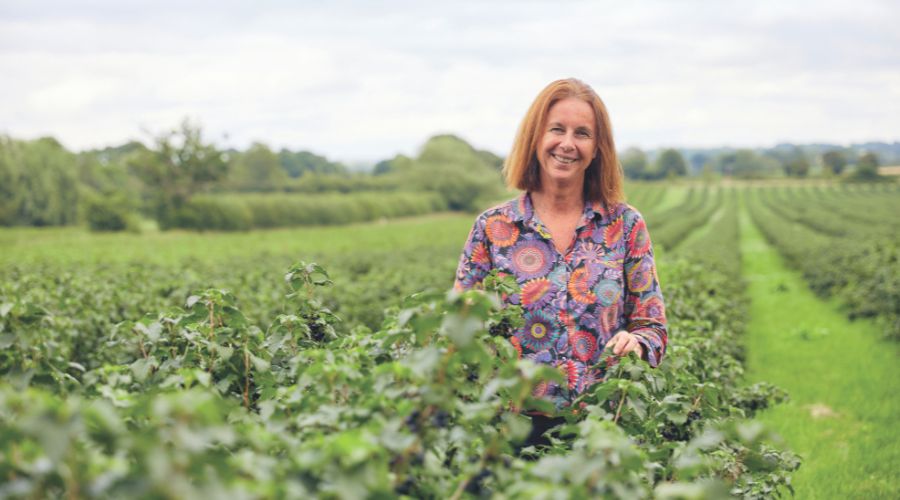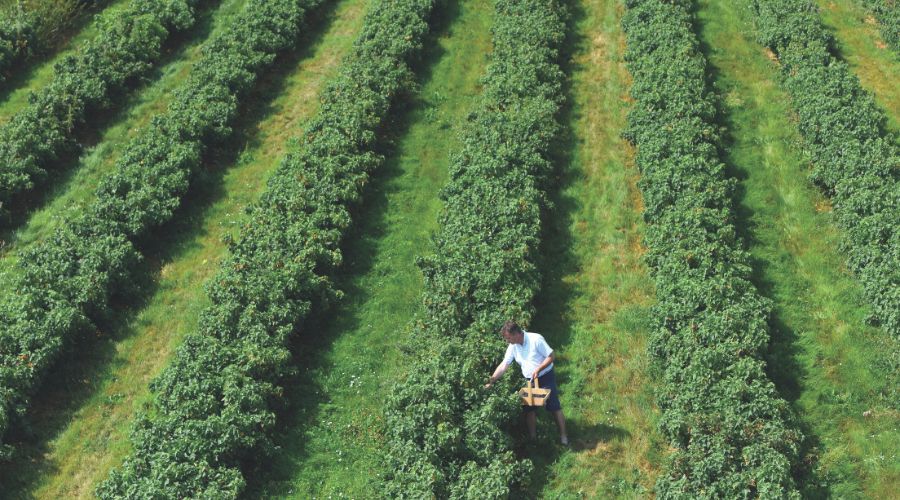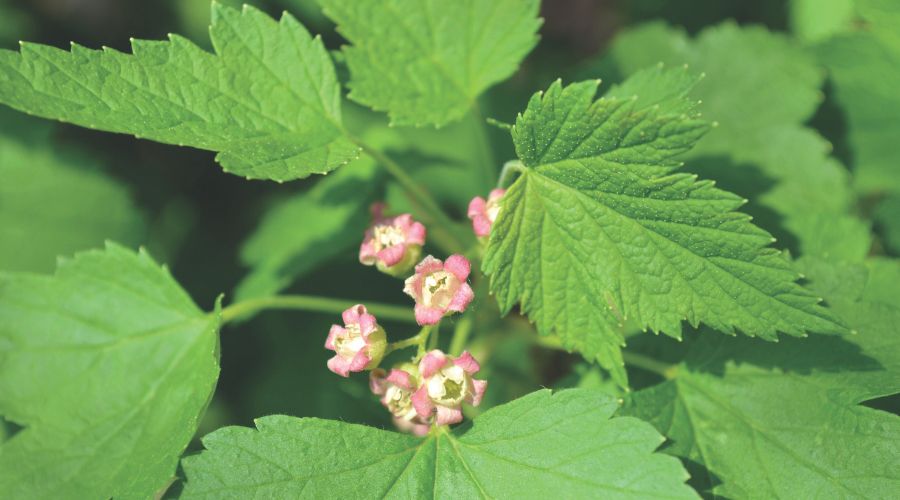Spotlight on blackcurrant growing
18th June 2025
The Blackcurrant Foundation shines a light on the market and growing considerations for this niche fruit.

Growing blackcurrants in the UK is a specialist area; it’s a niche crop. Of the circa 6 million hectares in cropped land across the country, just 2,500 hectares are used for growing blackcurrants – 90% of which (around 10,500 tonnes) is contracted to Suntory Beverage and Food GB&I, the owners of Ribena.
There are, of course, other growers in the UK who supply into different markets (jam, cordials, Cassis, IQF fruit, fresh fruit in season); however, it is a tough industry to break into due to the limited market opportunities and investment required into specialist equipment.
Most growers have an average of around 45ha, which is approximately the area that can be serviced by one harvester with careful scheduling.
Agronomic challenges
Blackcurrants are a minor crop, and as such, the industry has to work hard to support itself through the various agronomic challenges of the day.
With the support of Ribena the industry has its own R&D levy committee commissioning projects annually; currently they are focusing on the scourge of the industry – the blackcurrant gall mite – looking to novel approaches containing silicon and orange oil to supplement control, alongside taking a deeper look at how the migration of this pest has developed in the past decade to inform our modelling approach.
We are also investigating nitrogen, going back to basics with nitrogen source and response trials and investigating the potential to reduce inorganic nitrogen requirements with the use of novel nitrogen fixing technology in the form of Blue N from Corteva and R-Leaf from Crop Intellect.
Alongside this, the investment SBF GB&I has made into its blackcurrant breeding programme at the James Hutton Institute into the most suitable varieties for its product over the last 30 years is extraordinary and is a testament to its support of this very small UK industry.
Growers for Ribena have access to a series of varieties licensed under Plant Variety Rights and bred for their agronomic properties and suitability for the iconic brand in terms of flavour.
Traits including vitamin C content, colour, bush habit and suitability for machine harvesting, disease resistance, and climate change resilience have been developed by plant breeders at the James Hutton Institute.

Varieties
There are excellent varieties available to the open market too, some bred again by JHI for their suitability for hand picking, e.g. Big Ben, or disease resistance such as Ben Finlay, plus those which have come out of the PVR period.
The list of varieties is long and mostly named after Scottish mountains – Bens (well, the JHI is in Dundee after all!), e.g. from Ben Gairn, to Ben Hope; and from Ben Starav to Ben Lawers!
These varieties have not just been developed for their agronomic excellence but also so that the harvesting season is extended and spread over around six weeks (early July to mid-August).
The varieties are grown in key fruit growing regions that range from Kent and East Anglia in the East, to Somerset, Herefordshire and Gloucestershire in the west and Dundee in the North, where the last berries come in generally around 10 days behind those of the same variety picked in the south-east.
All growers will face the same challenges in terms of a changing climate, more pests and diseases and fewer products on the market to ensure the best care for them.
Bearing in mind that a blackcurrant bush does not bear any fruit of consequence until year 3–4, there is considerable expense that goes into the plantations even before the purchase of expensive specialist machinery.
Establishment costs are around £8,000 per hectare. With increasing automation, growers have also invested in machinery, including orchard tractors and harvesters (now selling at between £200k and £250k).

Commercial blackcurrant growing
The pros include:
Climate compatibility
The UK’s cool winters and warm summers provide suitable conditions for blackcurrant cultivation, droughts and frost in continental Europe have been very challenging for blackcurrant growers in recent years, which UK growers have been shielded from to an extent. Plant breeding for resilient varieties is key to this.
Market demand
With a customer like Ribena providing long-term grower contracts for UK blackcurrants, there is a consistent market for high-quality fruit. The mutually symbiotic relationship between the customer and producer brings advantages in terms of R&D and political support for this small industry.
Sustainability initiatives
Being a perennial crop, in place for 10–15 years at a time, there is ample opportunity to protect and support wildlife and the environment in which they’re grown; in fact, the bushes themselves offer a great habitat for nationally vulnerable species such as grey partridge and brown hare.
Growers collaborate with Ribena to promote biodiversity and sustainable farming practices as part of their contract. This includes establishing wide grass margins and alleyways, planting trees, hedgerow management, installing bird boxes, planting wild bird and pollen and nectar mixes and protecting particular species.
The cons include:
Climate change
Milder winters can disrupt the necessary chilling period, affecting flowering and yields. Extreme weather events heat, drought, and storms, are an increasing threat. 40ºC+ saw huge blackcurrant losses on the floor during the 2022 harvest campaign
Pest and disease pressure
Ongoing vigilance is required to manage pests and diseases, which can impact crop quality and quantity. Key targets: Aphid, leaf midge, saw fly, botrytis, leaf spots, phomopsis dead arm.
The blackcurrant gall mite and associated Reversion virus, in particular, are insidious pests that can and do limit plantation life if not very carefully managed.
As a minor crop, access to plant protection technology can be challenging and requires much industry investment and involvement in R&D to gain EAMUs
Delayed returns
Newly planted bushes take up to three years to produce a significant harvest, requiring patience and investment
Limited market
Unless you have a contract with an industry partner, blackcurrants are not an easy fruit to get to market, and therefore, the investment needed in machinery and establishment is not easy to justify.
Despite these challenges, the dedication of UK blackcurrant growers ensures the continued success of this small but vibrant industry. Their commitment to innovation, sustainability, and quality keeps the nation’s blackcurrant legacy thriving.
For information on blackcurrant cultivation and the work of The Blackcurrant Foundation,
visit www.blackcurrantfoundation.co.uk
Read more fruit news.
